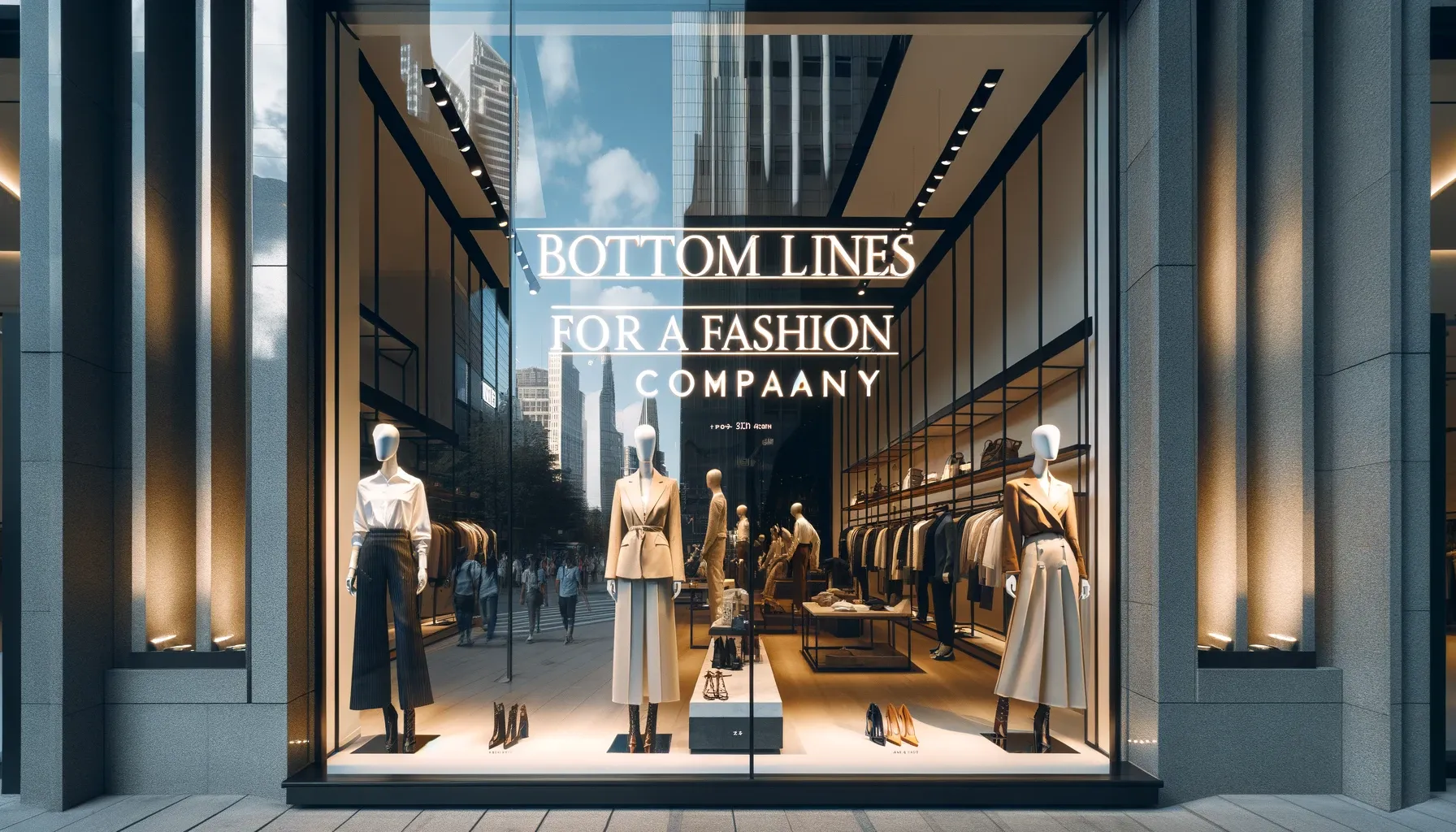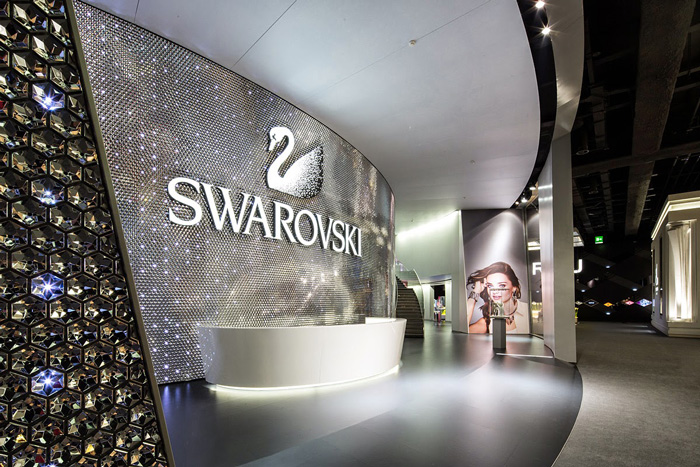Table of Contents
In this comprehensive article, we delve into the Bottom Lines for a Fashion Company, exploring essential strategies for success, financial sustainability, and market dominance.
Fashion is more than just beautiful garments; it’s a billion-dollar industry with a unique set of challenges and opportunities. To thrive in this dynamic world, fashion companies need to focus on their bottom lines, ensuring they’re not just stylish but also financially sustainable. In this article, we’ll unravel the key strategies to maximize success in the fashion industry.

Defining the Bottom Lines
Fashion companies must balance creativity, trends, and profitability. While aesthetics are vital, the financial health of a fashion brand is equally crucial. Let’s explore the bottom lines of a fashion company in detail.
Diversification of Product Lines
Fashion companies must not put all their eggs in one stylish basket. Diversifying product lines is a critical strategy for long-term success. Instead of solely relying on a single clothing line, consider expanding into accessories, footwear, or even home décor. This approach not only increases revenue streams but also mitigates risks associated with seasonal fashion trends.
Cost Efficiency and Profit Margins
Cost efficiency is at the heart of fashion bottom lines. To maximize profitability, companies need to strike the right balance between production costs and selling prices. Cutting unnecessary expenses and optimizing the supply chain can significantly impact profit margins.

E-commerce and Online Presence
In today’s digital age, an online presence is non-negotiable. Fashion companies must invest in e-commerce platforms and user-friendly websites. This not only widens the customer base but also offers insights into consumer preferences, which can be leveraged for informed decision-making.
Branding and Marketing
Effective branding and marketing are essential to establish a strong foothold in the fashion industry. Building a recognizable brand and utilizing innovative marketing strategies can lead to increased sales and customer loyalty.
Sustainability and Ethical Practices
The fashion industry is undergoing a transformation, with sustainability and ethical practices taking center stage. Companies that prioritize eco-friendly materials, fair labor practices, and ethical sourcing are not only meeting consumer demand but also contributing to the bottom line.

Inventory Management
Overstock or understock – both can have detrimental effects on a fashion company’s bottom line. Implementing efficient inventory management systems can help maintain the right balance, reducing storage costs and lost sales opportunities.
Market Research and Trend Forecasting
Remaining in tune with the latest fashion trends is essential. Companies should invest in market research and trend forecasting to stay ahead of the curve. Being the first to introduce a new trend can lead to substantial profits.
Customer Engagement and Feedback
In Bottom Lines for a Fashion Company must engage with their customers actively. Utilize social media, email marketing, and surveys to gather feedback. This not only fosters customer loyalty but also aids in product improvement.
An amazing post to read about Chrisley Knows Best Mind Your Business
FAQs about Bottom Lines for a Fashion Company
What are the top challenges in the fashion industry’s bottom lines?
The fashion industry faces challenges like ever-changing trends, production costs, and sustainability concerns. To address these, diversifying product lines, optimizing costs, and embracing sustainability can be game-changers.
How can fashion companies improve their profit margins?
Fashion companies can improve profit margins by reducing production costs, optimizing the supply chain, and maintaining competitive pricing while still offering high-quality products.
Is online presence critical for fashion companies?
Absolutely. In the digital age, an online presence is essential for reaching a broader customer base and gathering valuable insights to drive business decisions.
What role does sustainability play in a fashion company’s success?
Sustainability is becoming increasingly important for fashion companies. It not only meets consumer demand but also enhances a brand’s image, attracting socially conscious customers.
Why is customer engagement vital for fashion companies?
Customer engagement fosters loyalty and helps companies gather feedback for product improvement. Utilizing social media and email marketing is a great way to engage with customers.
Multifaceted
In the competitive world of fashion, the bottom lines for a fashion company are multifaceted. Maximizing success involves diversification, cost-efficiency, online presence, branding, sustainability, inventory management, market research, and customer engagement. By focusing on these strategies, fashion companies can ensure they remain stylish, profitable, and sustainable.






